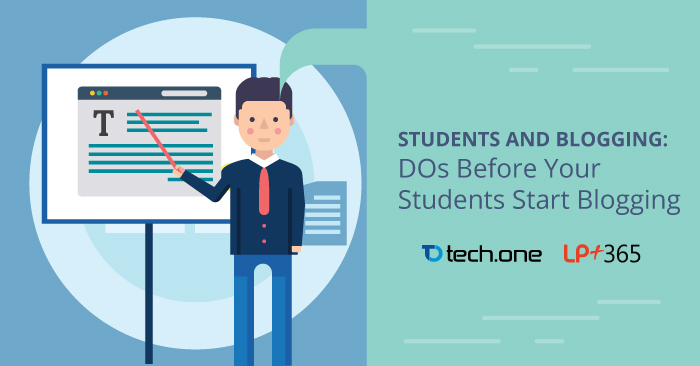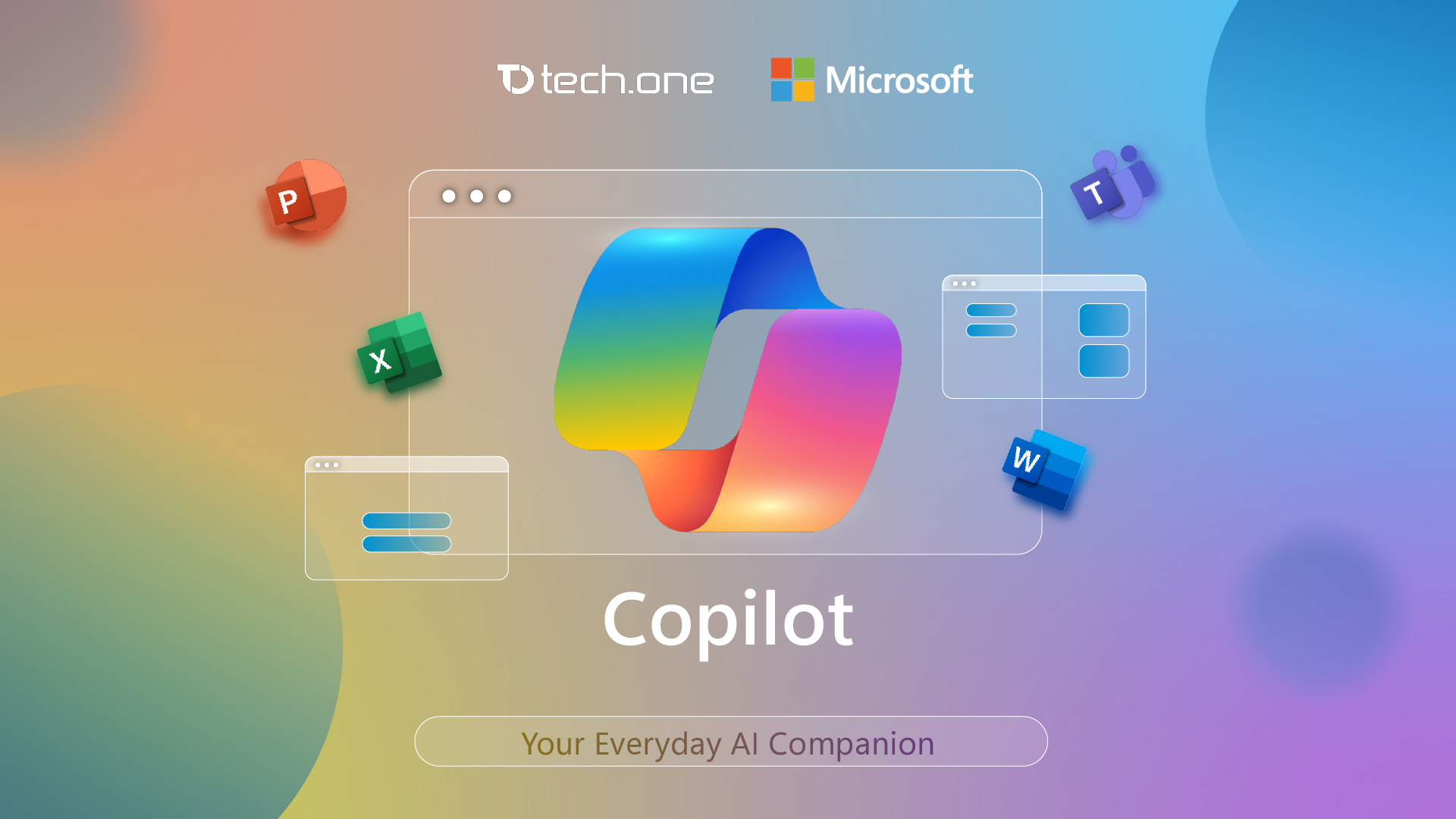
Written by: Jessa Laure Anne Palo
So now you are thinking of making your students start blogging. However, thinking of putting your students out there is pretty scary. In the digital age, we can’t guarantee that everybody is safe, nor guarantee that the internet is child-friendly.
Just looking at cyberbullying statistics is scary enough, what more knowing the effects of cyberbullying? According to a research done by ditchthelabel.org, seven out of ten young people age 13–22 have been a victim of cyberbullying. One of the growing problems within cyberspace, as cited by Guard Child, is using websites and blogs to post hurtful and embarrassing information about an individual.
Nonetheless, with proper security and preventive measures, you can hide your students’ blogs from prying cyber bullies. These are few of the DOs before your students start blogging:
- Discuss the DOs and DON’Ts of blogging to your class.
Blogging may JUST be like writing online but there’s more to that. Discuss the concept of blogging, the objective of the blogging project, and how they should blog. An article from Writer’s Digest explains the technicalities for writing a blog.
- Set up your guidelines and objective in blogging.
This will avoid most of the problems that you’ll encounter. A simple guideline on what they need to do pre and post blogging should be in a list, as well as a guideline on what images to use and how they should comment on a peer’s blogpost.
- Contact a blogger or an IT expert to help you with your students’ blogs.
Ask help from a local blogger in your place. It is always nice to know the basics of blogging straight from a person who does it on a daily basis. It is also a good idea to ask your school’s IT personnel about setting up your students’ blog so you can ensure the blogs are safe for kids and the comments are set for approval.
- Compare and contrast different blog platforms.
You can try Blogger and WordPress as they are both free and easy to use. However, if you want a blog platform designed for kids, you can try KidBlog and EduBlogs. Here is a review of six different blog platforms you can use in your class.
Going back to the reason why teachers fear student blogs. If you are still new to this concept and are scared for your students’ digital welfare, you can still write blogs within your class using LP+365’s blog feature. Students can view, like, and comment on their classmates’ blogposts. You can view, like, comment, and EDIT your students’ blogpost.
Did you find these precautions useful in setting up a class blog? Did we missed some precautions? Share it with us on Facebook!
To know more about LP+365, send us your inquiries here.









